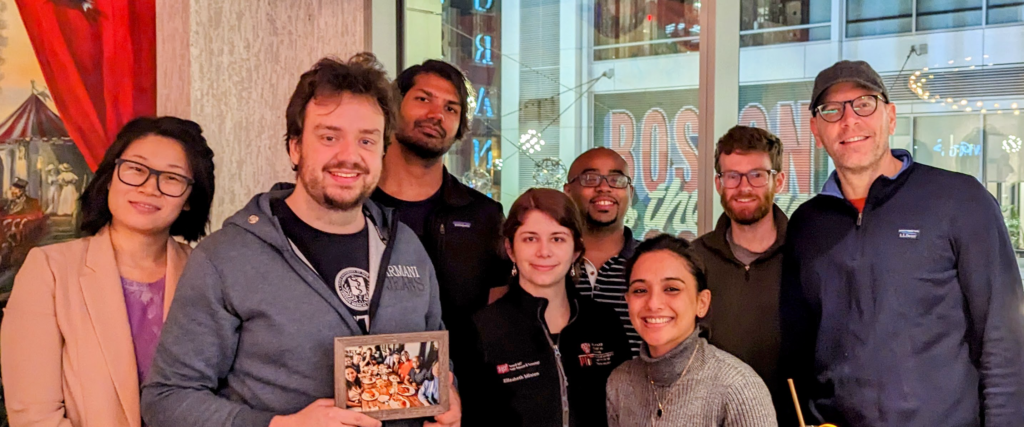Despite significant progress in oncology in recent decades, only about 50% of patients with invasive bladder cancer (MIBC) affecting the muscle layer, survive five years after diagnosis. New hope comes from the combination of radiochemotherapy with the rapidly advancing field of immunotherapy.
A member of our team, and a specialist in oncological radiotherapy from the Department of Brachytherapy and General Oncology at the Copernicus Memorial Cancer Center in Łódź, Konrad Stawiski, MD, PhD, authored a study that opens new perspectives in the treatment of bladder cancer. Collaborating with an international team, he contributed to identifying the susceptibility of bladder cancer to therapy in the context of the loss of the ATM gene—a key player in the cell’s response to DNA damage. Loss of function of this gene enhances the tumor’s sensitivity to radiotherapy and chemotherapy, as well as to new molecularly targeted therapies, including PARP, ATR, and DNA-PK inhibitors. In addition to exploring sensitivity to standard treatment methods, the study also describes the impact of ATM loss on the immune microenvironment and the response to immunotherapy. Discoveries made in the study, co-authored by Dr. Konrad Stawiski, could significantly influence future strategies for treating bladder cancer. A thorough analysis of the role of the ATM gene in the response to oncological therapies provides valuable information that can be used for treatment personalization, increasing its effectiveness, and improving prognosis assessment. Furthermore, these groundbreaking results provide a new impetus for further research into DNA repair mechanisms and their use in anticancer therapy.

The study was possible thanks to collaboration with the Dana-Farber Cancer Institute/Harvard Medical School (Boston, USA; Mouw Lab) and the Danish Cancer Institute (Copenhagen, Denmark). Dr. Konrad Stawiski conducted postdoctoral research at the Dana-Farber Cancer Institute in Boston as part of the Mieczysław Bekker National Academic Exchange Agency Program. The full publication is available in the prestigious journal Science Advances, here.

